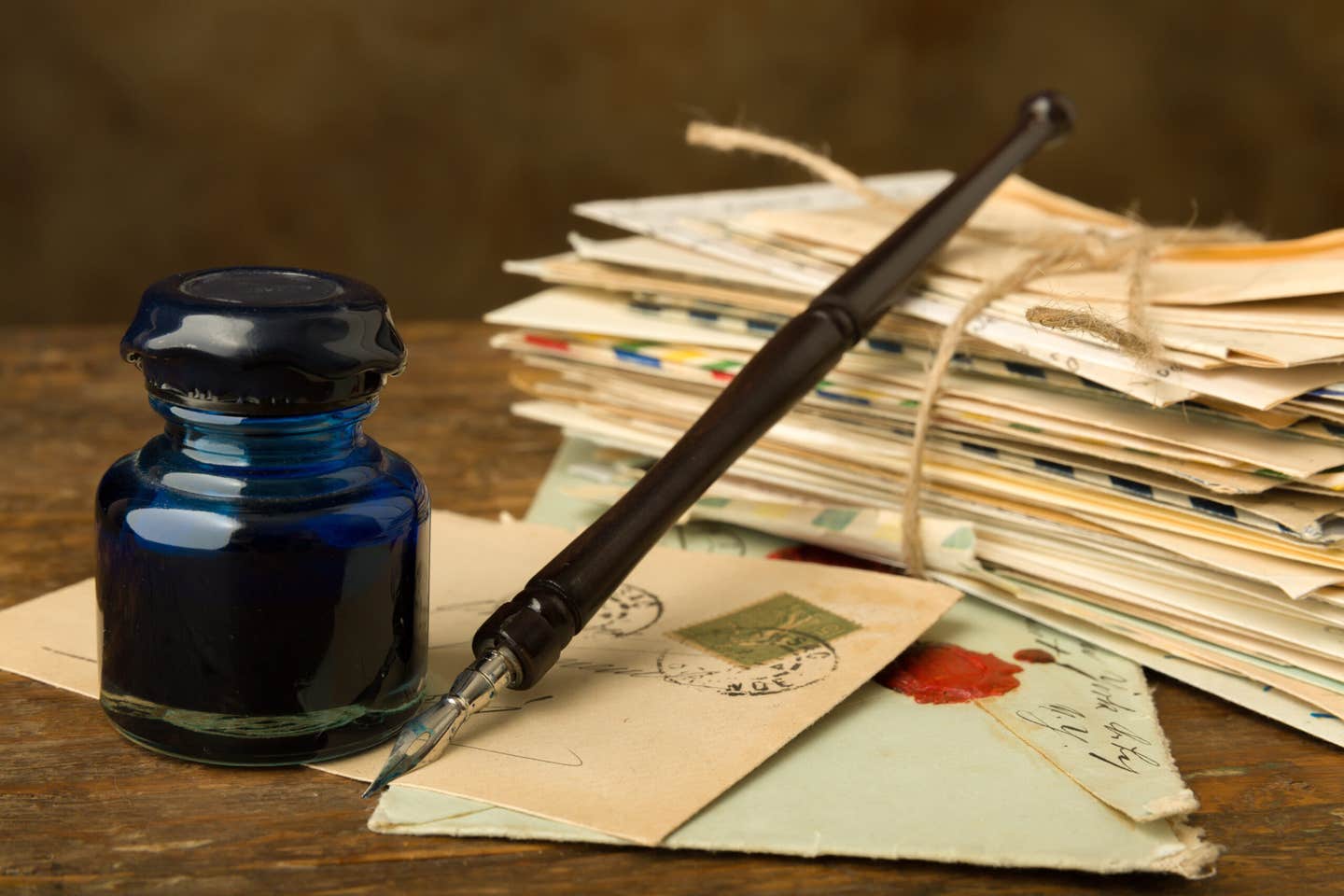Reference catalog not an offer to sell
If you don’t buy or sell coins, why do you publish all those catalogs offering them for sale? Catalogs, like coins, come in varieties. There are two principal varieties of…
If you don’t buy or sell coins, why do you publish all those catalogs offering them for sale?
Catalogs, like coins, come in varieties. There are two principal varieties of coin catalogs: reference catalogs and sale catalogs. We publish only reference catalogs. The difference is that a reference catalog quotes average prices that reflect what many different dealers are selling coins for in various grades. A sale catalog is an offer by a single dealer to sell selected coins in specific grades for fixed amounts. It is clearly not an offer by us to buy or sell at those prices.
I remember reading about some of the early San Francisco proof sets having a golden hue, but I don’t recall the cause or whether this added to the value.
When the discoloration was brought to the attention of Mint officials, it was discovered that the wooden storage boxes in use generated a copper oxide on contact with the coins. A switch to plastic boxes cured the problem, which, like any surface coloration, is not a minting variety.
Is it true that the U.S. Mint did not produce or design a coin with a George Washington bust until after 1850?
Contrary to some sources, Mint Director James Ross Snowden made that statement in a letter dated 1857. The first pattern of a Washington coin actually wasn’t struck until 1863. It was the 1863 2-cent pattern – Judd 305-311. The U.S. Mint did strike medals with the Washington bust prior to 1863, but no coin designs.
Are there any U.S. aluminum pattern coins?
Among the first are the 1863 patterns for the cent, 2 cents, 3-cent silver, half dime, dime, quarter, half dollar, and dollar. At that time, aluminum was considered to be a scarce precious metal, costing as much as silver. In the 1890s, it dropped to 50 cents a pound. There was a proposed 3-cent coin in 1863, and in 1864 several additional alloys with aluminum were tried, and there was an 1867 pattern 5 cents. That year, aluminum and silver were of equal value.
Years ago, the U.S. Mint destroyed patterns, dies, and hubs. When was that?
It was the so-called “Crime of 1910.” Some 200 hubs, dies and patterns, many dating to the 1830s, were melted by the Mint on orders from the Treasury secretary, callously ignoring their historical significance. A complete list was published. It was part of the “cleanup campaign” by Secretary Frank MacVeagh, which resulted in the destruction of all models, hubs, and dies for the Morgan dollar. When production was resumed in 1921, the Mint had to make new models, hubs, and dies.
E-mail inquiries only. Do not send letters in the mail. Send to Giedroyc@Bright.net. Because of space limitations, we are unable to publish all questions.
This article was originally printed in Numismatic News Express. >> Subscribe today
If you like what you've read here, we invite you to visit our online bookstore to learn more about Strike It Rich With Pocket Change.









